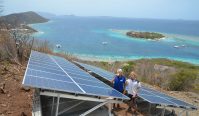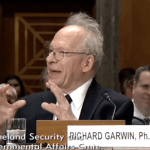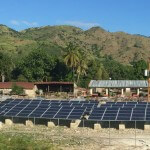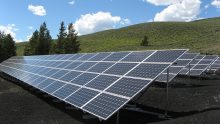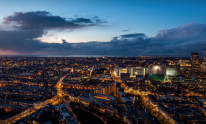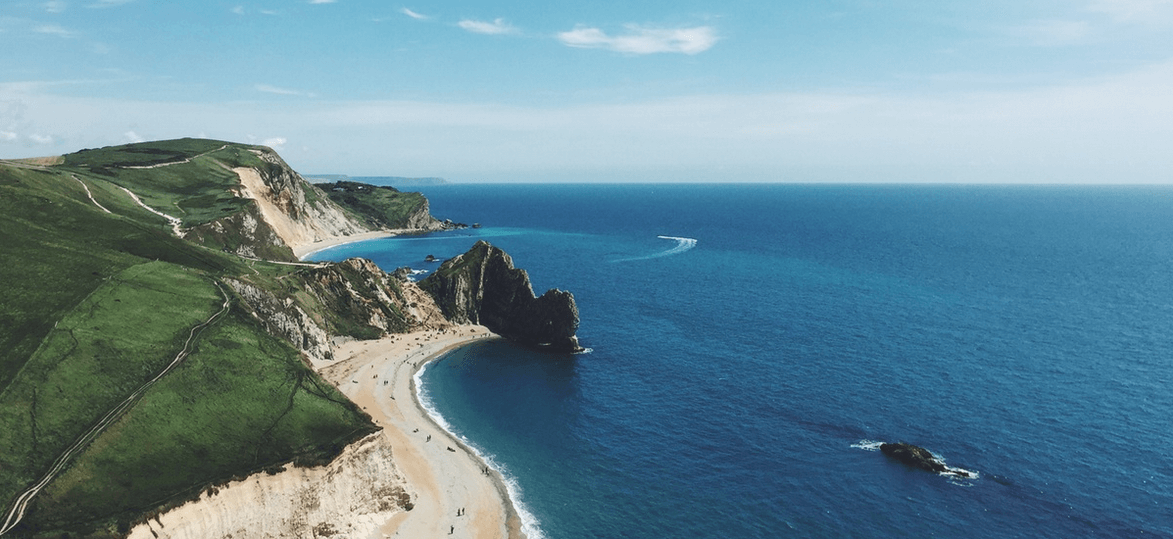
EDITOR’S NOTE Let’s admit it, fossil fuels have made us lazy. What we used to accomplish with biomimicry and working with nature we now just burn more fossil fuels. Today we depend on coal and gas for everything from water treatment to pharmaceuticals. But the intermittency of solar, wind, and tidal energy are motivating some to look for synergies.
That’s what drew us to Sid Vollebregt at Elemental Water Makers, where they not only use 100% renewable energy to desalinate seawater, they are using natural elevation to store intermittent energy to make water around the clock. We asked him how their process evolved, some experiences from the ground in the British Virgin Islands, and how he defines a microgrid.
It all started about four years ago during my graduation project for the Master of Sustainable Energy Technology at the University of Technology Delft in The Netherlands. With a good friend of mine, Reinoud Feenstra, we got interested in the topic of desalination through reverse osmosis driven by renewable energy. As fresh water scarcity is increasing and the availability of fossil energy is limited, this triggered our curiosity. After having analyzed all existing alternatives, which mainly consists of either operating the reverse osmosis discontinuous or providing an energy buffer of batteries, we came up with a different solution. As reverse osmosis is designed for constant and continuous operation and your water price will decrease when you make use of your full production capacity 24/7, we introduced an elevated water buffer to store seawater and use the gravity to pressurize the reverse osmosis process.
This wouldn’t have the issues of maintenance, losses and short lifetimes which batteries encountered. However, ample elevation was required, as seawater desalination can require 50-60 bars, meaning 500-600 meters of pressure head. The next step we made was to reduce this required elevation by re-using the energy of the brine flow of the reverse osmosis by a mechanical energy recovery device. This allowed us to reduce the elevation with 80%, while still not requiring auxiliary energy. For example a solar energy driven reverse osmosis system pumps up enough water during the day, to cope with the nights. This allows an off-grid system which operates constantly, using only the fluctuating energy from the sun, wind or waves. This short video explains it all really well.
So we built a pilot installation in Indonesia and this was pretty successful from a technical point of view. After also having analyzed the economics, we decided to make a leap and founded Elemental Water Makers straight after our graduation and applied for an international patent on the configuration.
Now three years further out, having spent most time on raising finance and customer development, we have just completed our first project for our launching customer on the British Virgin Islands. A renewable energy driven desalination solution makes sense at places with limited fresh water resources and high electricity costs, which makes us focus on islands. Island life is quite different than Dutch life and it has taken us a few trips to really understand the market, the way things work and the needs of the customer. Good preparations and local partners allowed us to have a smooth installation, resulting in a satisfied customer who saves over 60% on his water expenses, while simultaneously avoiding 25 tons of carbon dioxide emissions each year. It has already produced almost the volume of an olympic swimming pool of water and its actual performance can be watched live through our remote monitoring portal.
LEFT: Founders Sid Vollebregt (left) and Reinoud Feenstra at the solar panels of the installation on the BVI
RIGHT: The water treatment system driven by solar energy, producing 12500 liters or 3300 gallons per day
With all these benefits it all sounds very positive. However the challenges are the initial investment required up-front, which is higher than conventional system because of the use of renewable energy. So then it’s about minimizing the payback time or financial allocation. Also it’s about timing, all resorts in the Caribbean already have a water supply, so they either have to have an old system, go through a renovation or work on a new development. As the market is global and we just started, it’s also a challenge to get the word out to the decision makers of resorts and municipalities.
When I reflect on the meaning of a micro-grid and take into account my academic background in sustainable energy and the experience by visiting hundreds of resorts, I’d see it as the change from a conventional single (fossil) supplier of all utilities to an end-user, to the optimization of different sources of heating/cooling, electricity, light and water making use of the direct environment and thereby opportunities of the end-user. It will be a financially driven change, but it’s coming and numerous of beautiful cleantech examples are being developed. In the end, islands will be the first one to really benefit of the mix of solutions for sustainable living, driven by their current high costs and ambition for independence. We hope to play a role in this change and will continue our efforts to do so, solving fresh water scarcity using only the sea, sun, earth & wind.


